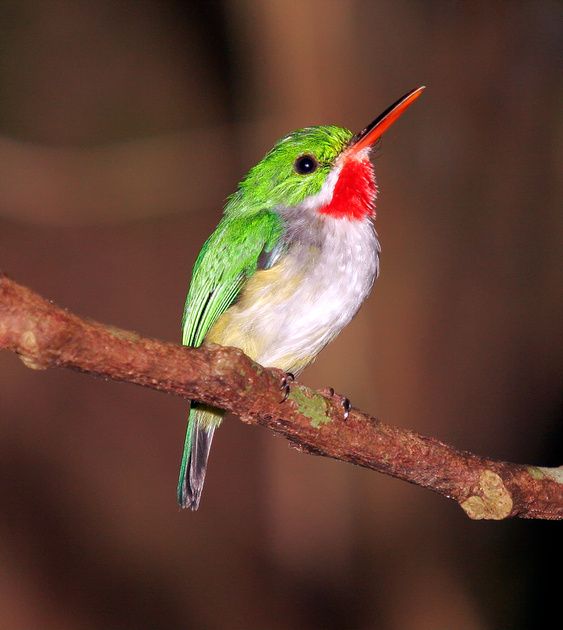The chipping sparrow (Spizella passerina) is a species of New World sparrow, a passerine bird in the family Passerellidae. It is widespread, fairly tame, and common across most of its North American range. Chipping sparrow adult upperparts are streaked with dark rusty brown and gray, with a gray rump and head, with bright chestnut crown, white eyebrow, narrow black eyeline, and black bill. Note that the cheeks and nape of neck are clear gray. Underparts are light gray.
You’ll find Chipping Sparrows around trees, even though these birds spend a lot of time foraging on the ground. Look for them in grassy forests, woodlands and edges, parks and shrubby or tree-lined backyards. Chipping Sparrows seem to gravitate toward evergreens in places where these trees are available. They also use aspen, birch, oak, pecan, and eucalyptus trees. In the mountains, you can find these birds all the way up to treeline.
In summer, male Chipping Sparrows defend territories against other Chipping Sparrows, but often tolerate other species as long as they don’t go too near the nest. Females typically build their nests between 3 and 10 feet off the ground, hidden in foliage at the tip of a branch. They gravitate toward evergreen trees, but also nest in crabapples, honeysuckle tangles, maples, ornamental shrubs, and other deciduous species. Females can be finicky about placement, often beginning to build a nest, then leaving to begin in another spot. Males guard females as they build nests, but they don’t help build. It takes the female 3 to 4 days to finish her nest, a loose cup of rootlets and dried grasses so flimsy you can often see through it. She lines the nest with animal hair and fine plant fibers. Finished nests measure about 4.5 inches across and 2.2 inches deep. After the breeding season, Chipping Sparrows form flocks of several dozen, foraging together among grasses and at bird feeders. Their flight pattern is energetic, straight, and only slightly undulating.
Chipping Sparrows mainly eat seeds of a great variety of grasses and herbs. During the breeding season they also hunt for protein-rich insects, and these form a large part of their summer diet. Chipping Sparrows sometimes eat small fruits such as cherries. Its small size makes these birds vulnerable to many threats. Other birds, mammals, and snakes will prey on both the sparrow and its eggs. Raptors, such as Cooper’s hawk and American kestrel will target adults in flight or while on their nest, but even American crows and blue jays are a threat. In addition to these obvious predators, the eggs of the chipping sparrow may be displaced by the brown-headed cowbird. This parasitic bird lays its eggs in other birds’ nests. The other bird tends to the egg and baby as if it were its own. The chipping sparrow is a frequent target of the cowbird.
Male Chipping Sparrows sing a long, dry trill of evenly spaced, almost mechanical-sounding chips. It’s one of the most common sounds of open woods in spring – but be careful, because Dark-eyed Juncos sound very similar (though a bit more musical) and often live in the same habitats. Songs are about 3.6 seconds long on average, consisting of around 55 nearly identical chip notes in a row. Year round, both sexes use a single chip note to stay in contact with others. Upon sighting a hawk, Chipping Sparrows give a long zeeeee call as an alarm. During courtship, females make a soft, rapid see-see-see-see to attract the attention of her mate. Here is a link so you can listen to this bird too.


pretty 😊